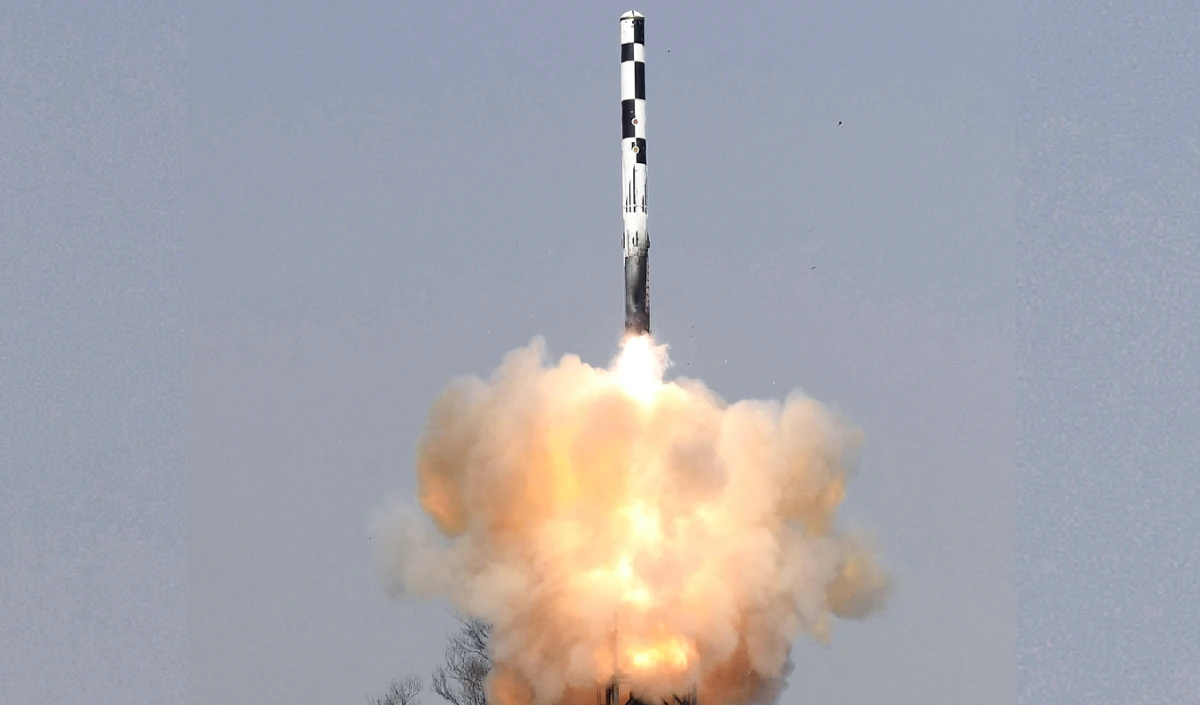The forensic department in Gujarat is continuously working on a large scale after the Air India flight accident in Ahmedabad, Gujarat. The DNA lab of the Directorate of Forensic Sciences has become the focal point of large -scale identification initiative. Scientists and forensic experts are engaged in identifying the victims using advanced testing techniques of DNA. Lab employees are constantly working diligently.
The Air India aircraft from Ahmedabad to London had suffered an accident after a few minutes of flying on June 12. Out of 242 people, 241 people were killed in this accident. 12 crew members were also among those who died in the flight accident. In this accident, only one person is left alive, who is a British citizen of Indian origin, Vishwas Kumar Ramesh, who is undergoing treatment in the hospital.
At the same time, at least 33 other people, including residents and MBBS students living in nearby doctors hostels, were also killed when the aircraft collided with the aircraft. In the DNA lab, the identification process is divided into four essential stages, each of which is important to obtain an exact genetic profile from the remains. The process begins in the isolation lab, where human remains and postmortem samples obtained from the accident site are analyzed. Forensic professionals deal with challenging materials such as burnt bones, teeth and tissue pieces. These ingredients are passed by chemical treatment and also processed with advanced machines to extract DNA from the most compromised samples.
After DNA extraction, it goes to the Quantification Lab. The role of this lab is to assess the quality and volume of DNA. Tools such as real-time PCR (RT-PCR) machine and automatic liquid handling systems guarantee that only appropriate samples are sent to the latter process.
The third stage occurs in the PCR lab, where DNA is enabled to ensure adequate material for accurate analysis. Thermal cycller machine is used with STR (short tendem repeat) kit to enable DNA sequences.
In the final stage, the sequencing lab analyzes the amplified DNA using advanced sequencing machines. Information obtained from this stage is used by senior scientists to create a detailed DNA profile. These profiles are compared to the later reference samples provided by the families of the victims, which helps the authorities to verify the identity of those who lose their lives in the tragedy. The Directorate has requested family members to present DNA samples to accelerate the identity process.



